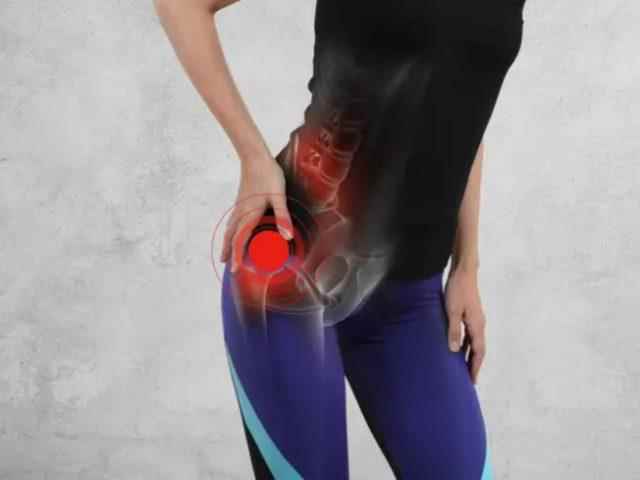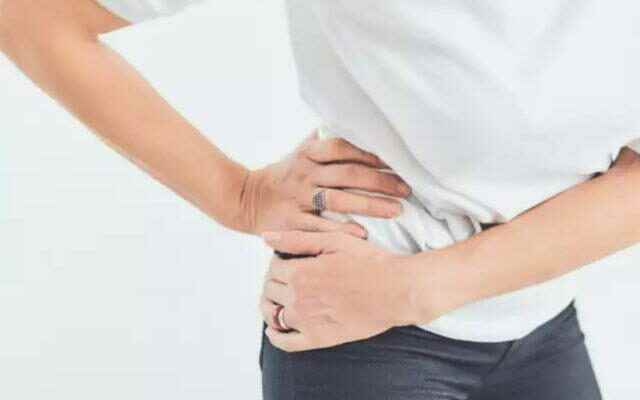High cholesterol is among the diseases whose incidence is increasing day by day due to harmful habits and irregular lifestyle. Recognizing high cholesterol at the first stage reduces the dangers of this disease. Although high cholesterol progresses silently in the first stages, being careful at this stage can help you detect the disease.
MUSCLES START NOT TAKING OXYGEN
Due to the nature of high cholesterol, it builds up inside the blood vessels to form plaques. These plaques restrict blood flow in the vessels. When many muscles cannot get enough oxygen due to this blockage in the blood flow, pain begins in these areas. The pain is exacerbated when the muscles are involved in a physical activity.
FIRST EFFECT STARTS WITH HIP PAINS

As experts have pointed out in various medical reports, one of the muscles that is probably first affected is the glutes. Many people with high cholesterol say they have experienced terrible pain in the hip area before.
NOT FULLY UNDERSTANDED
Pain in the hip area is often assumed to be related to skeletal or bone problems and is often due to bone-related problems such as arthritis. However, the link between hip muscles and cholesterol is not fully understood by the general public.
ATTENTION TO HIP, LEG AND FOOT PAINS

Health reports show that peripheral artery disease, or PAD, which occurs when blood flow is limited due to cholesterol buildup, affects the hips, legs, and feet. Extreme pain in the hips, even with minimal physical activity, is the first indication that you should see a doctor. This pain can even be triggered during walking. The pain may radiate to the butt, thigh and calf area.
CHANGES IN SKIN COLOR MAY BE VISIBLE
The severity and extent of pain can vary from person to person, depending on cholesterol level and areas where blood flow is blocked by plaque formation. Usually this pain goes away with rest, but reappears during physical exercise. Other signs of PAD can be changes in the legs and feet, such as a change in skin color or a change in nail color.
OTHER SYMPTOMS OF HIGH CHOLESTEROL

Other symptoms associated with high cholesterol that are predominantly seen in the lower extremities include: hair loss on the legs, numbness in the legs, brittle toenails, non-healing ulcers on the feet, pale discoloration of the legs, shiny skin, erectile dysfunction and shrinking in men.
WHAT TO DO TO STAY AWAY FROM HIGH CHOLESTEROL?

Avoid consuming things that raise high cholesterol. Foods such as cakes and biscuits, meat pie, sausage, fatty meat, and foods containing palm oil, cream, hard cheese and butter should be avoided.
